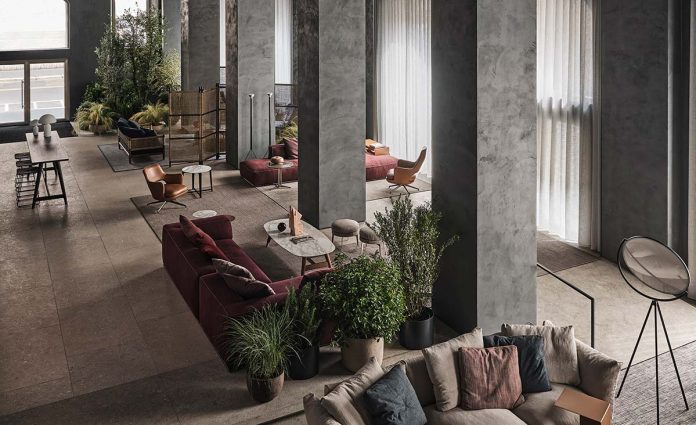For Flexform it came naturally to call on the studio ACPV ARCHITECTS Antonio Citterio Patricia Viel for the design of the company’s flagship store, opened during Design Week in Milan. The collaboration with Antonio Citterio is reaching its 50th anniversary, in which an entrepreneurial design culture goes hand in hand with a refined creative language that permits no excess, but focuses on essential beauty and functional quality. All this can also be observed in the new space on two levels on Via Moscova, a flexible facility for easy reconfiguration in which materials like Vicenza stone in a large format, from the quarries of Laboratorio Morseletto, or the coated expanded steel sheet of the suspended ceilings, create an exceptional backdrop for the furnishings and style of Flexform. Elegance based first on thinking, then on action, which we discussed with Citterio himself.
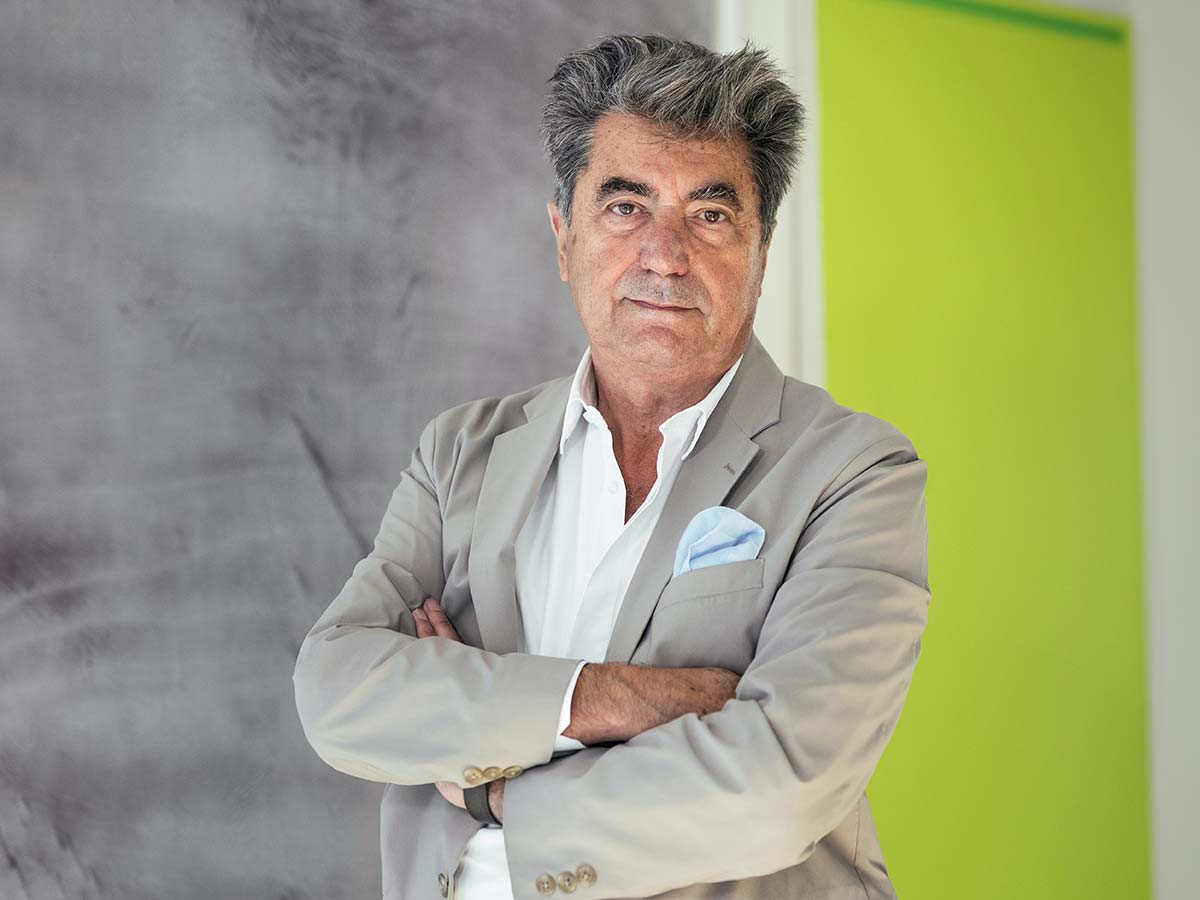
In the collaboration between a company and a designer, what is the fundamental ingredient to last in time?
Trust. I think of clients as partners: generally, I choose to work with people who share my vision and my design language. I believe this fosters great trust. I began working with Flexform almost 50 years ago. It was 1979, in those days my office was still in Monza, in the province of Milan, and I had taken a degree in architecture at the Milan Polytechnic just three years earlier. We immediately shared the overall strategies and the determination to put objects of the rationalist architects back into production, like Mario Asnago, Claudio Vender and Gabriele Mucchi, in a tribute to the great masters of the region.
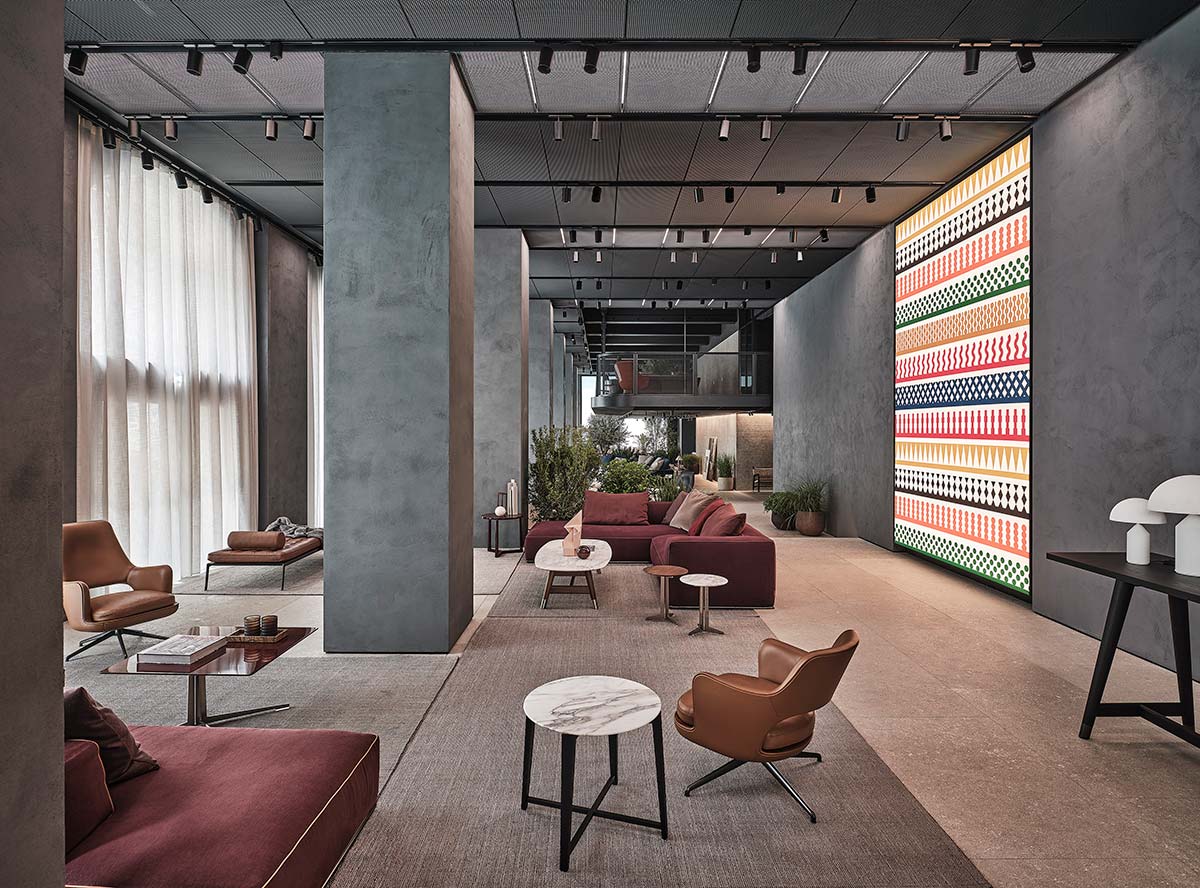
What priorities were there for entrepreneurial vision and the interpretation of the designer?
Both are fundamental for success. A designer without an entrepreneurial vision cannot create objects or spaces that will work on the market.
How have you been able to renew this relationship over time, to create collections with new contents while keeping faith with a precise, recognizable style?
I think what counts is the ability to create timeless objects that respond to concrete demands, without any overdesign. My work is connected with the tradition of doing without overdoing: in other words, an object is an object. A sofa is a sofa: if it is not comfortable, it’s not even a sofa.
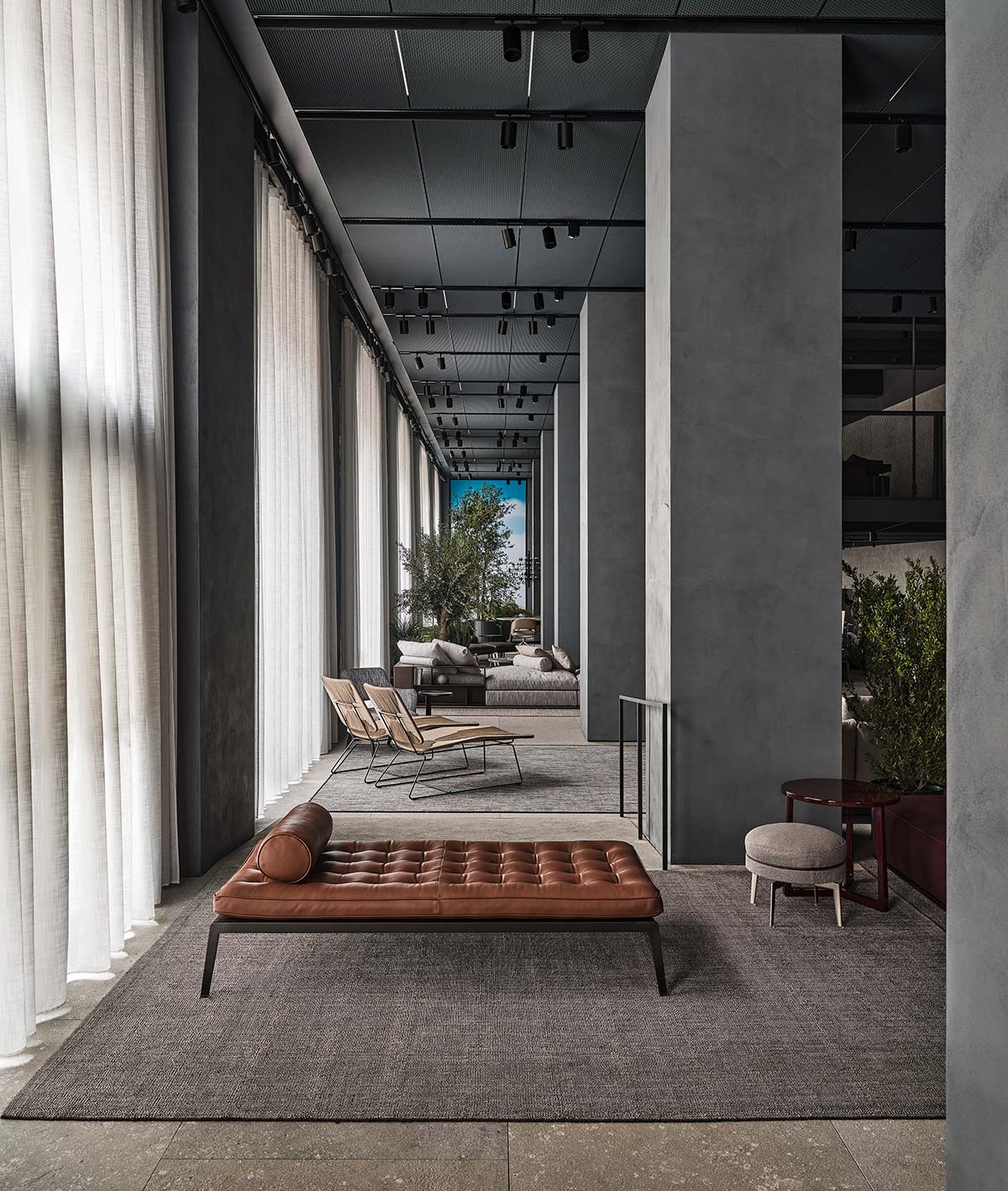
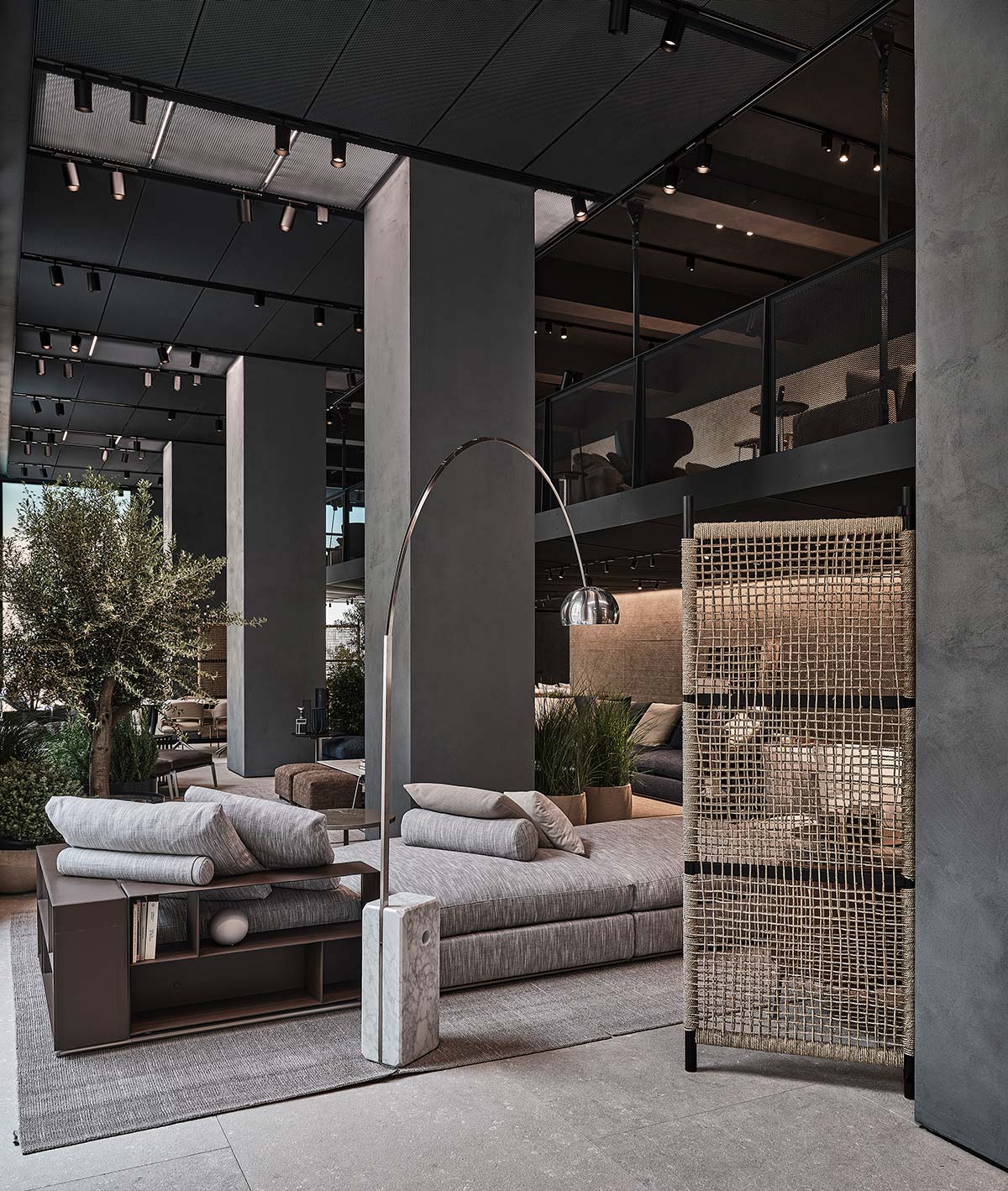
How did you envision the new flagship store of Flexform? What was the key factor?
The showroom designed by the studio ACPV ARCHITECTS Antonio Citterio Patricia Viel for Flexform creates an experience similar to that of an art gallery: it brings the furnishings to life in a setting, enabling people to appreciate the refined details. This is another step in my long collaboration with the company.
What do you hope will be the immediate reaction of visitors?
A scene from life. With this store, we wanted to create a space that would be in tune with the displays, always functioning as a whole. We did not want the static presentation of an object that says “look at me,” but a scene of true life experience.
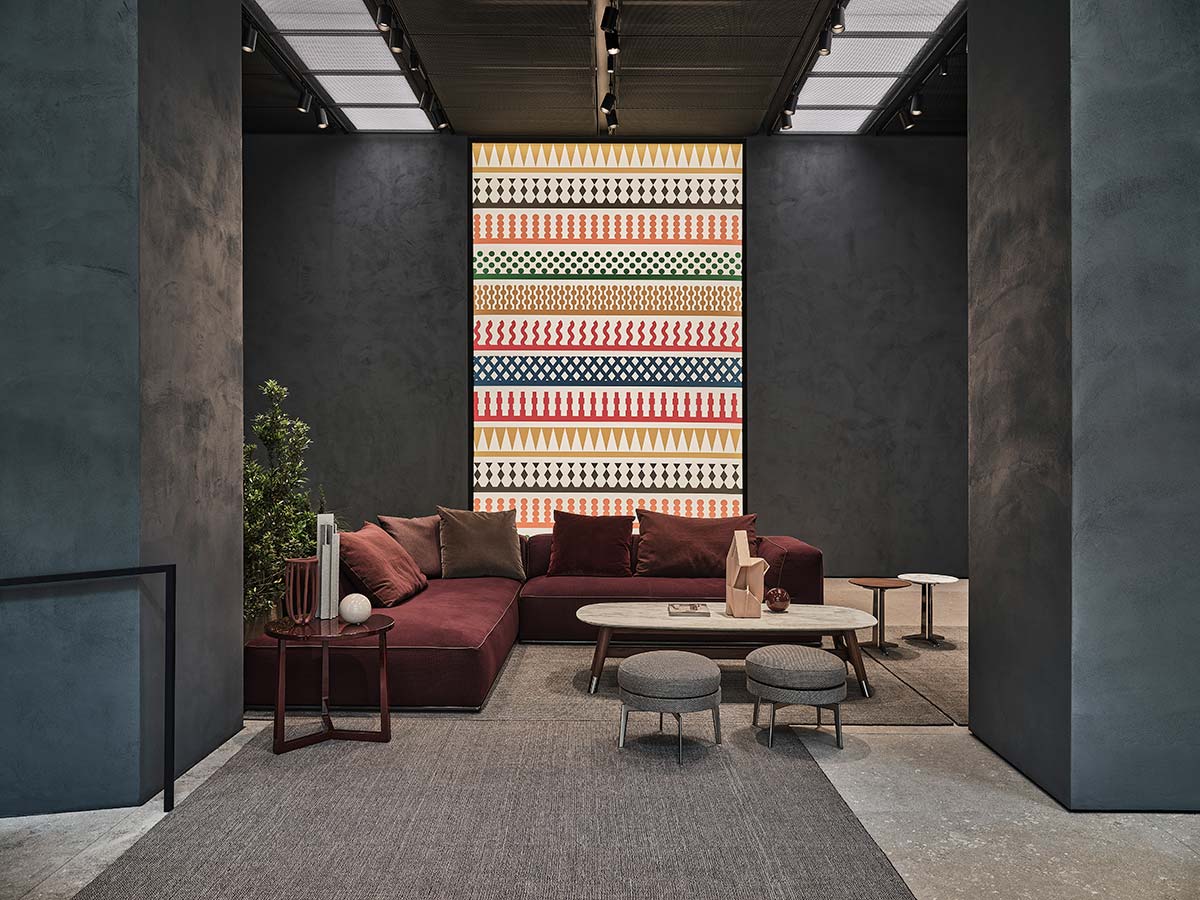
How has design changed over the years?
What changes is the society, its needs and habits. For me, design has to respond to these changes: for example, sofas represent the transformation of our society. In the 1970s the sofa was not a normal presence in the home. If you had one, it was a sofa-bed, something on which to sleep. My idea was that a sofa can be a place to eat and to work, not just to relax. And today that is what has happened.
What direction is design taking today?
There is more and more awareness of today’s challenges, like the defense of the environment, and a real commitment to 100% sustainability.

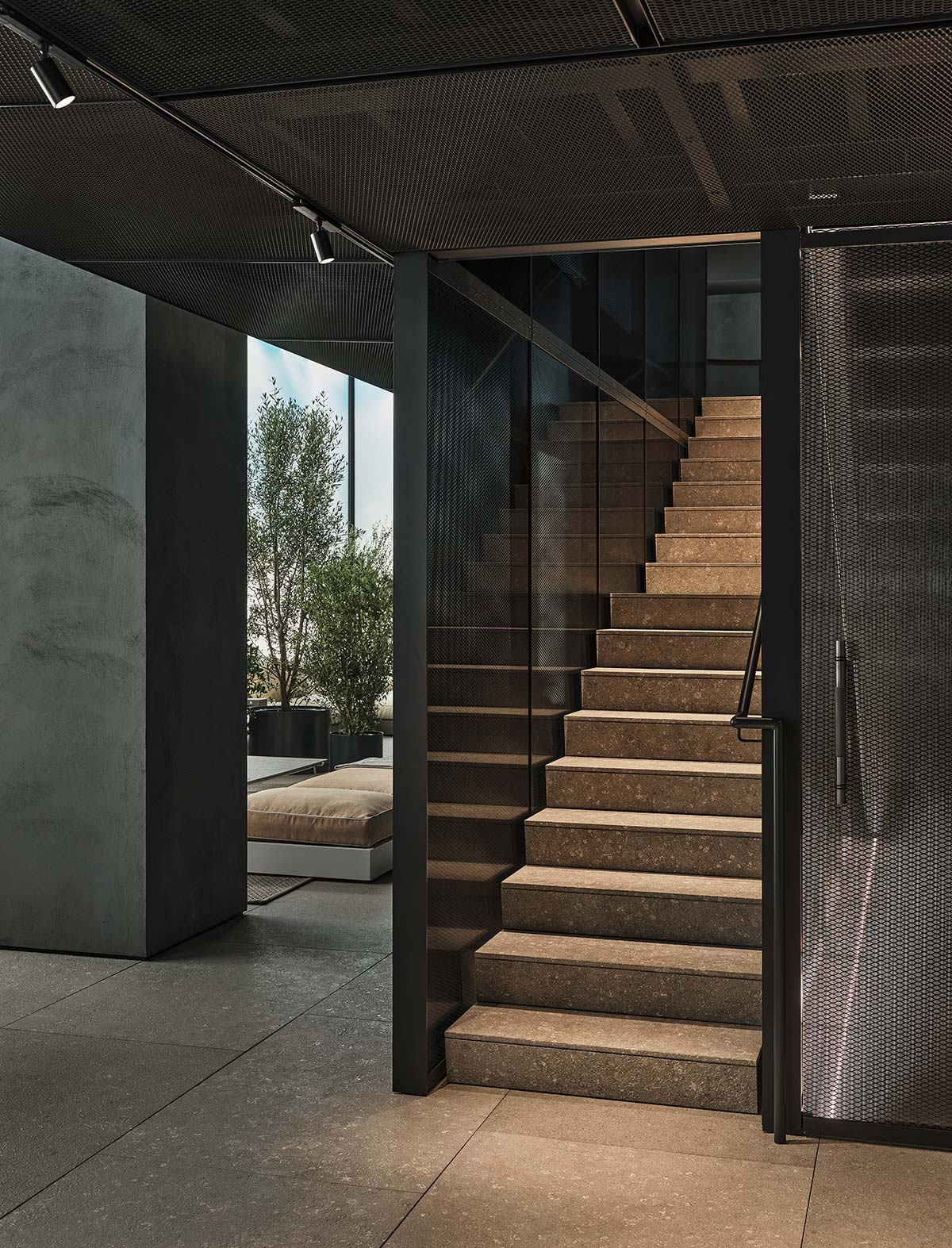
What do people really want? And what relationship do they have with design?
They want design that responds to their needs. Almost always, my design is connected with behavior, the way people live and interact with objects. I have always worked in this way, and the same thing also happens in architecture: when we design, we always imagine the people, how they will enter, how they will move inside the space, what they will do. In substance, the way people relate to the space becomes one of the guidelines of the project.
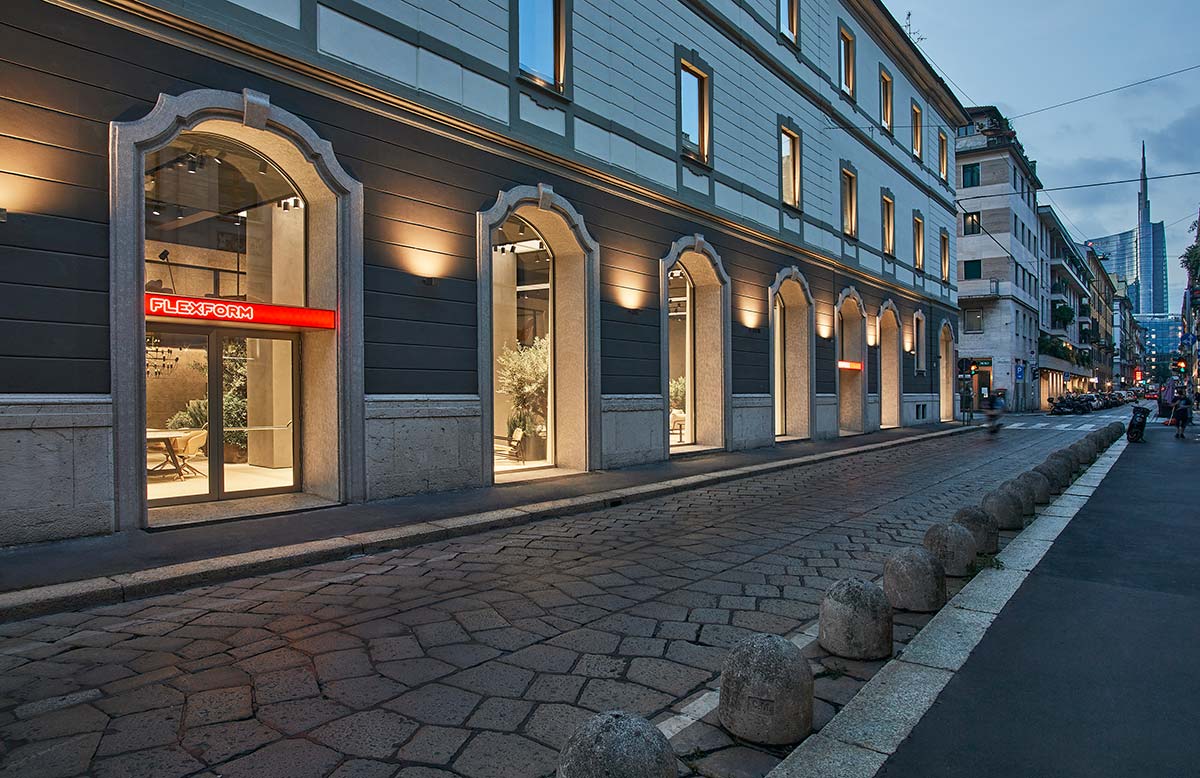
What is the task of today’s designers for the future?
To offer solutions to real, concrete demands. To redesign products that I feel have shortcomings in everyday life, or objects that can be improved in terms of performance. Almost always, my approach is based on the study of people and their behaviors, the way the interact with objects. I design objects that do not set out to be the mere expression of something, but try to respond to real needs.
What are the next steps with Flexform?
To continue to create timeless objects.

